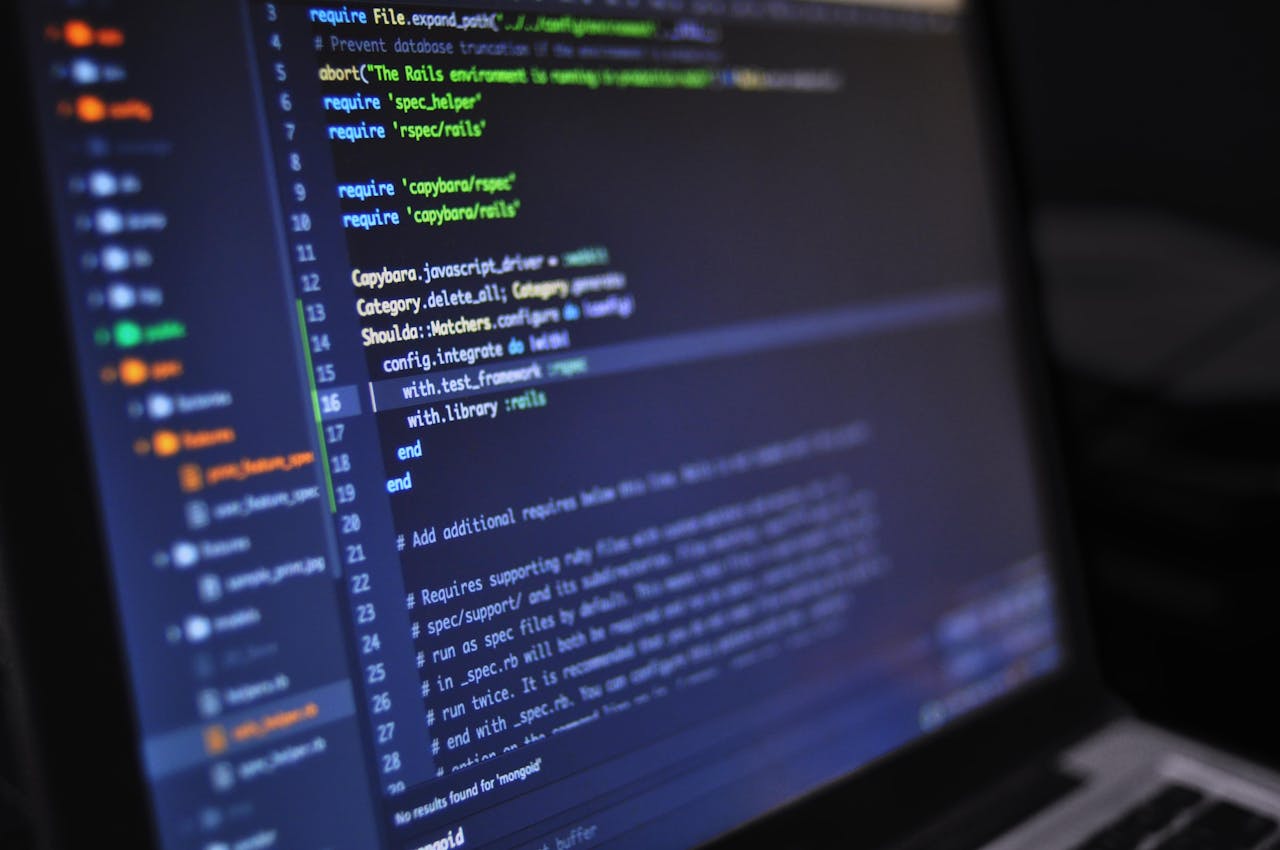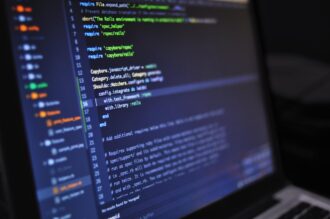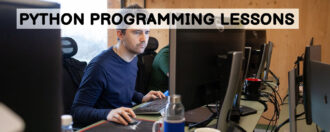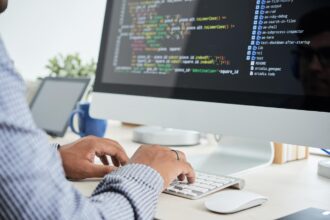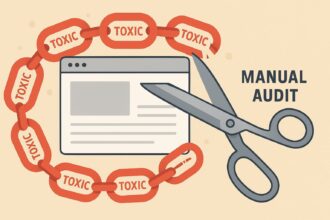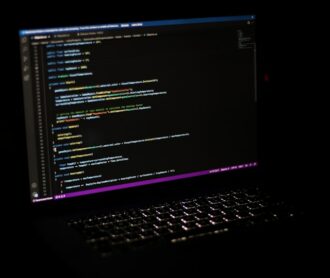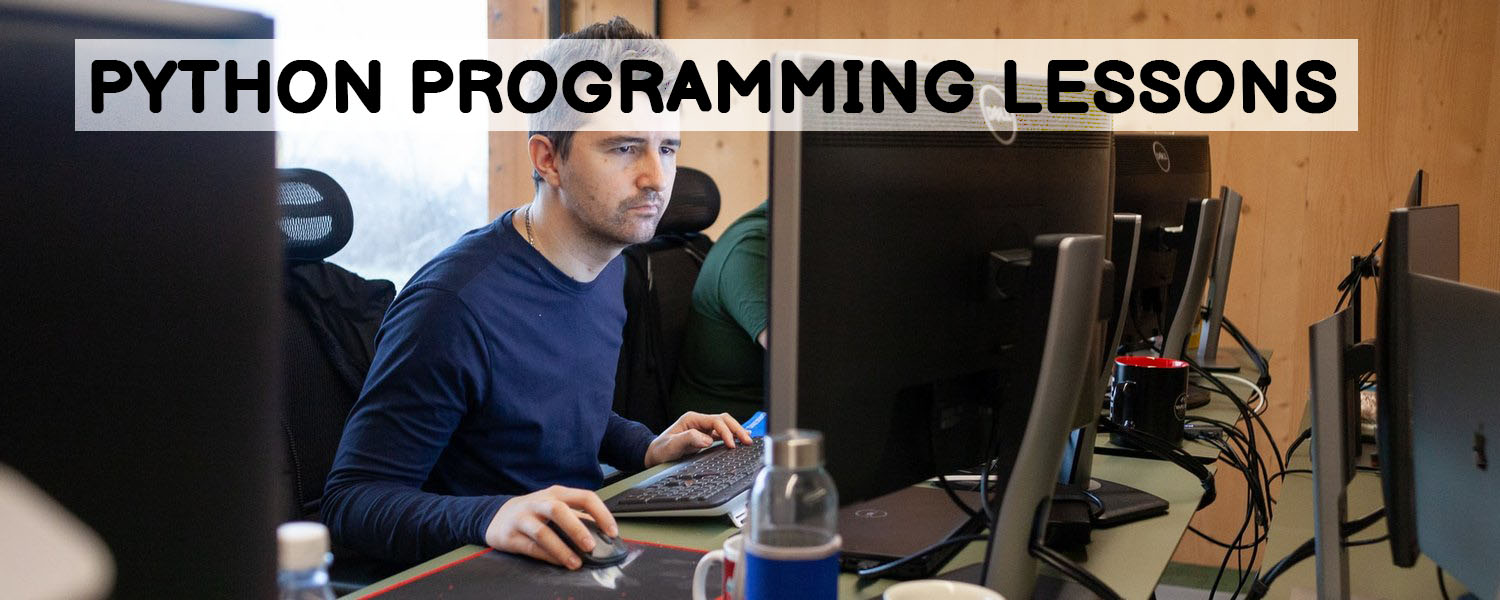
Python Programming Lessons
One of the most popular programming languages of the past few years, Python is used in web applications, machine learning, data analysis, and process automation. It has dynamic typing capabilities, automatic memory management, full introspection, multi-threading support, as well as convenient data structures and an exception handling mechanism.
Installing
The video shows where to download and how to install Python. There are two versions available on the official site, but it is best to download the latest, version 3. It downloads to your computer and is immediately available to work with. No shortcuts appear on the desktop – you can check the installation via Start by going to Command Prompt. Here the version message appears and you can start working.
Introduction
Python has gained enormous popularity due to its easy-to-learn, simple syntax, brevity, ability to use a large number of libraries, and prevalence among IT companies. The lesson describes the basics of programming, the possibilities of application, and the largest applications written with Python. Also described are the code development environments (IDE, text editor, Jupyter Notebook) and getting started in the program.
Variables
The video lesson introduces the basics of the language, modules, applications, and helps you write simple programs. The interactive shell, which is installed with the software package, is used to write code, and you can also use an external editor. It takes a long time to learn all the variables that are used. But you can master the necessary minimum pretty quickly: everything is shown on a concrete example of writing a calculator.
Weather application
Master class on creating a weather app, which will display the current weather in a certain city. The task will be solved with Python and Django. Additionally, we will need Atom editor and openweathermap.org website to receive online forecasts. Inside Atom, a folder is created with the future application project. A basic knowledge of the programming language will be required for execution. A step-by-step walkthrough will help you understand all the intricacies of the work.
The Python Arrangement
Here we talk about the program, the principles of operation, turning a text file into working code, methods of implementation and operation. In fact, code is a set of commands that need to be implemented. Typically, it is a regular program written in another language that reads the written information and turns it into a working program (CPython, Cython, Iython, etc.). Python converts the information into byte code, which is then read by the computer.
Variables
Beginners learn about elaboration, inference, value assignment, and more. A variable represents some kind of cell in memory where information can be placed. The cell is referenced because of its assigned name. You can’t start with numeric values.
Data types
A brief overview of data types that can be used when writing a program. Whole numbers (1, 150, 500), strings (an ordered set of characters), lists (an ordered sequence of objects), real numbers (numbers with a dot or comma), dictionary and mapping (a set of unordered key: value pairs), sets (an unordered set of non-unique objects), etc. – these are all data that have their own type and description.
Functions
This lecture will deal with functions, a block of code or an instruction. A function is created, placed in a block, which can be repeated many times. You can also put comments, which are not read by the interpreter, but are used for notes and explanations and always start with a “#” sign. A function is an object that takes arguments and returns a value. It is usually defined with a def instruction. The video shows in detail how to write a function and under what conditions it works.

